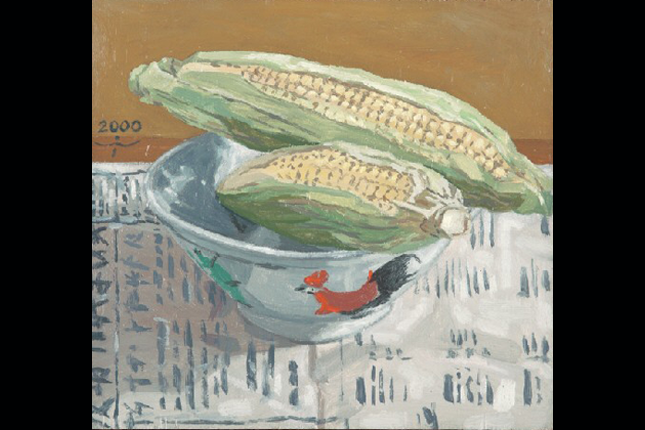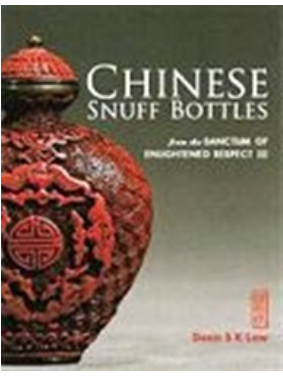This elegant ewer is constructed almost entirely of delicate mother-of-pearl plates secured together by small iron pins. The form rises from a pedestal foot and has a curved spout and mounted scroll-shaped handle. The plates form inner and outer walls that are directly attached to each other, the shape reinforced by a series of interior metal bands. This construction required great skill and specialized techniques were needed to cut and polish the mother-of-pearl to retain the iridescent sheen of the material.Article like this were made in Gujarat in the late 16th and early 17th centuries for domestic consumption and for export to the Middle East and Europe, where they were prized as magnificent display pieces. They are particularly associated with the Portuguese, whose trading empire brought an unprecedented flow of exotic goods from Asia to Europe. This ewer was previously in the collection of Lord Curzon of Kedelston, the Viceroy of India, 1899-1905.




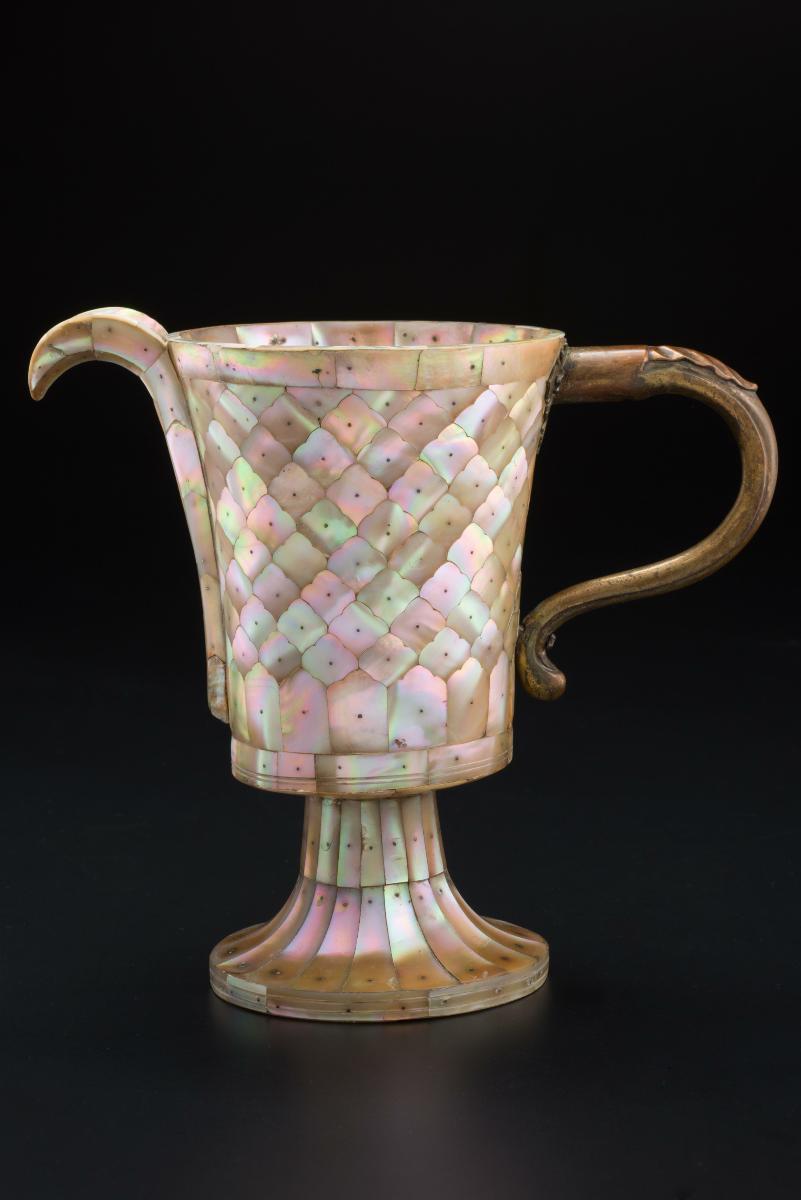
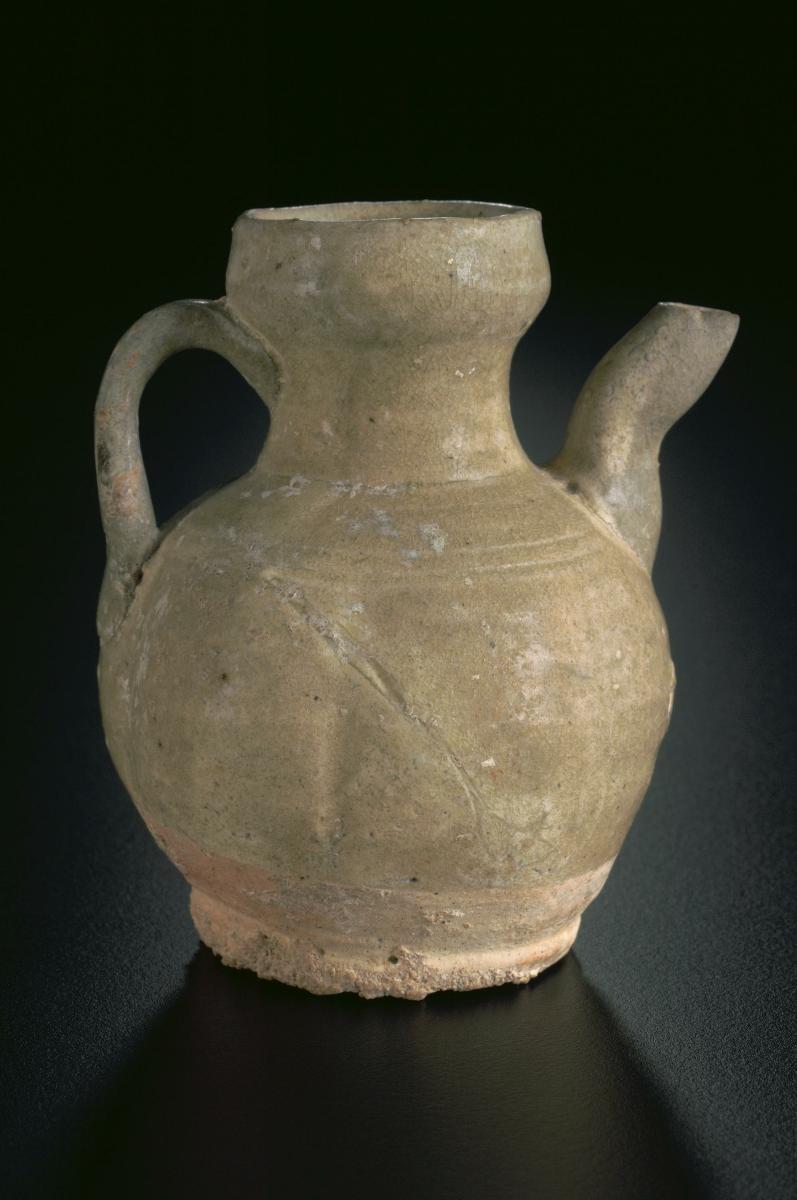
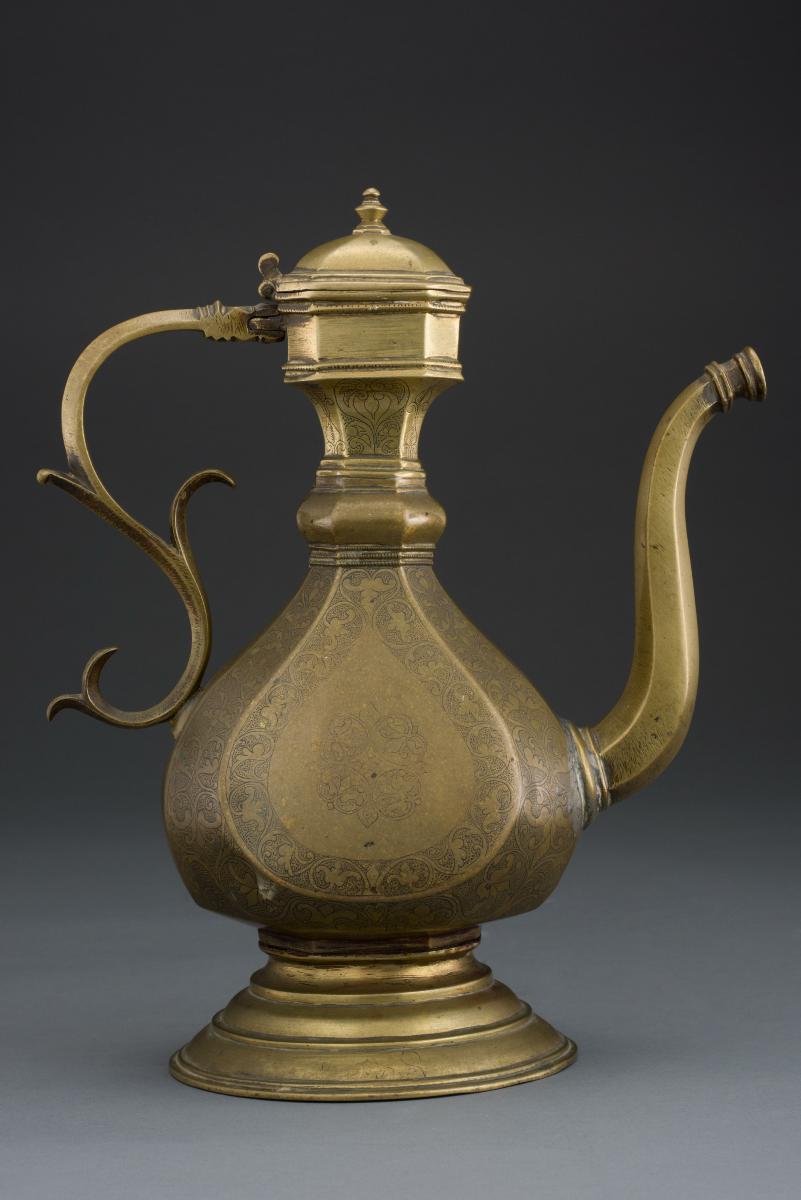
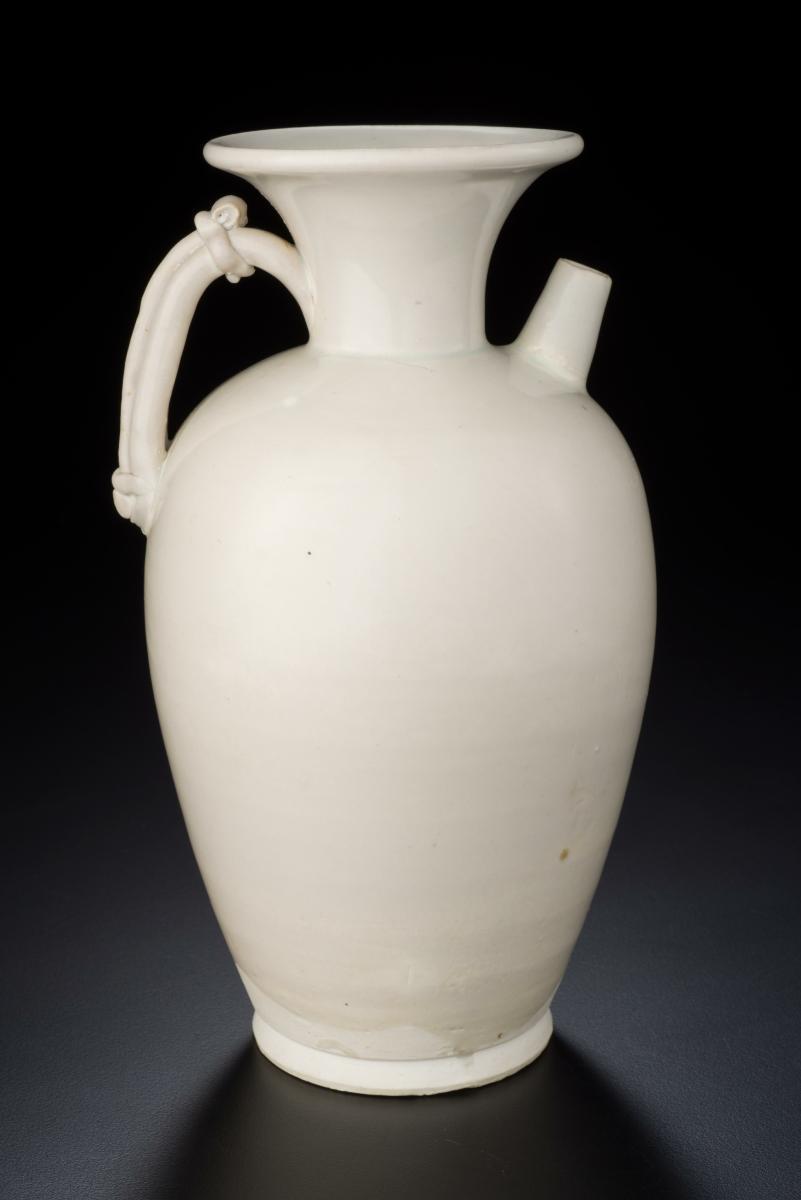
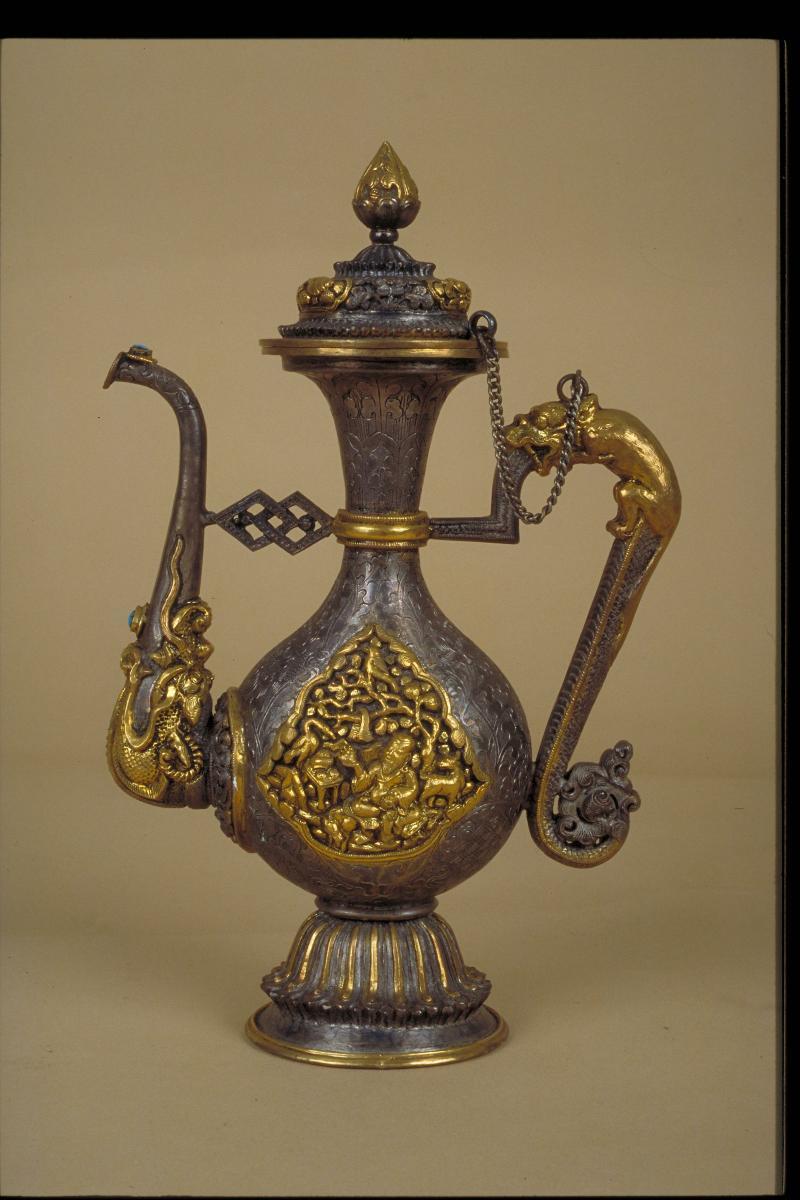

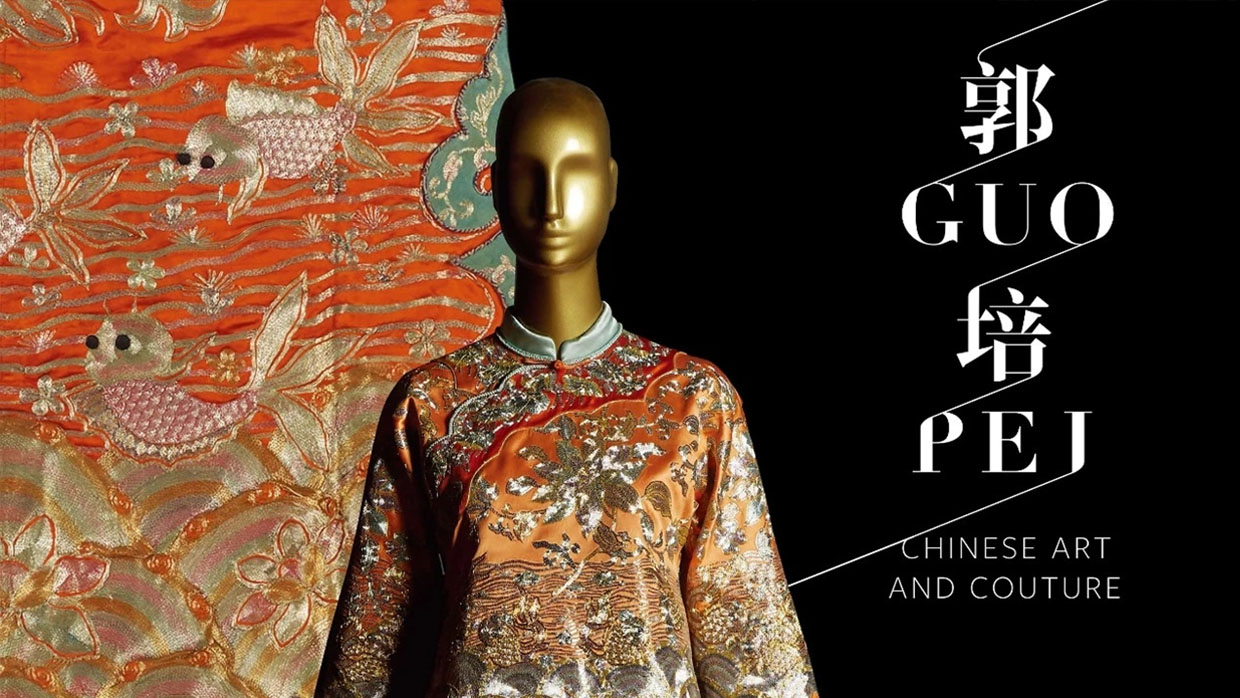

.ashx)
